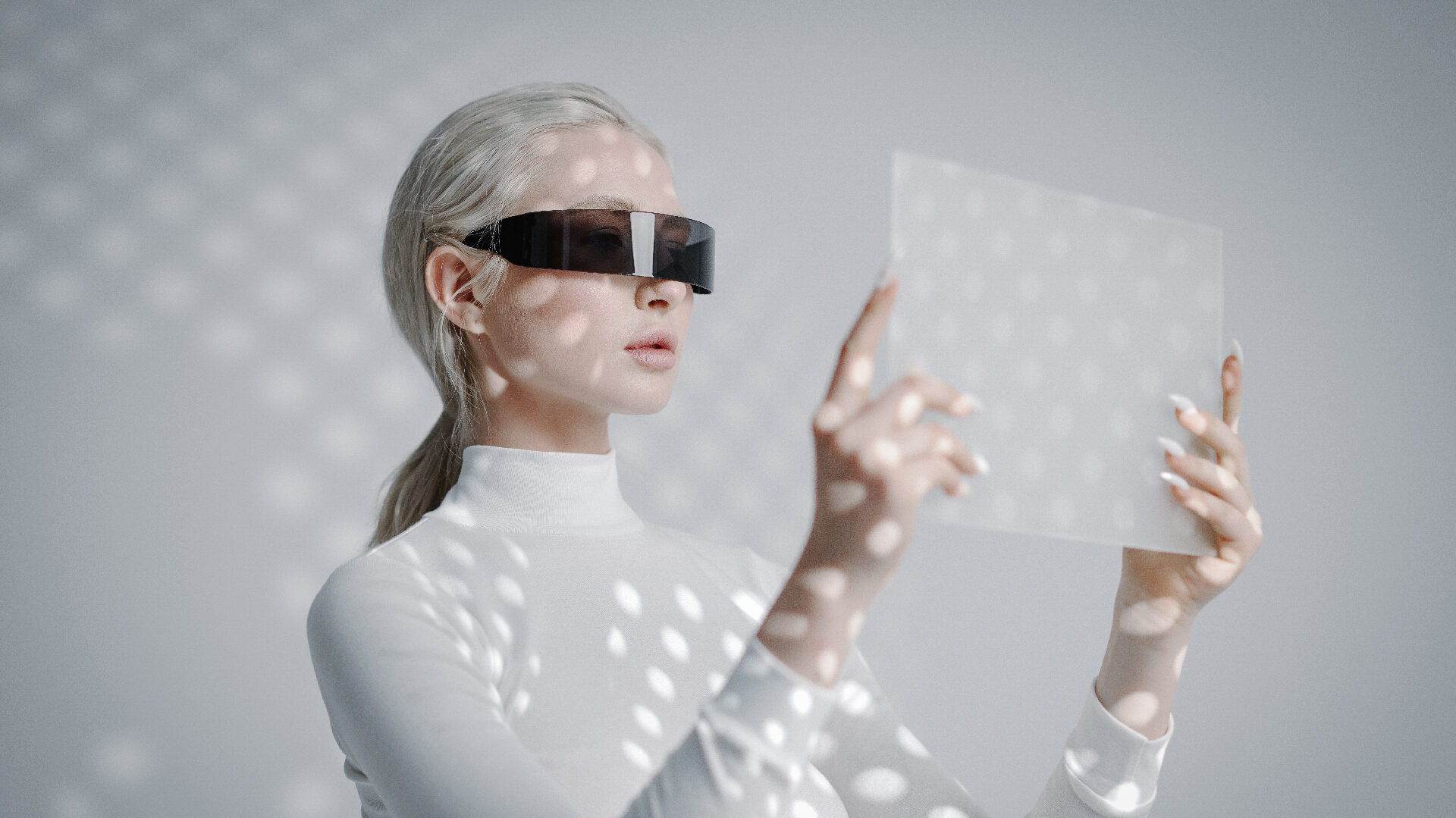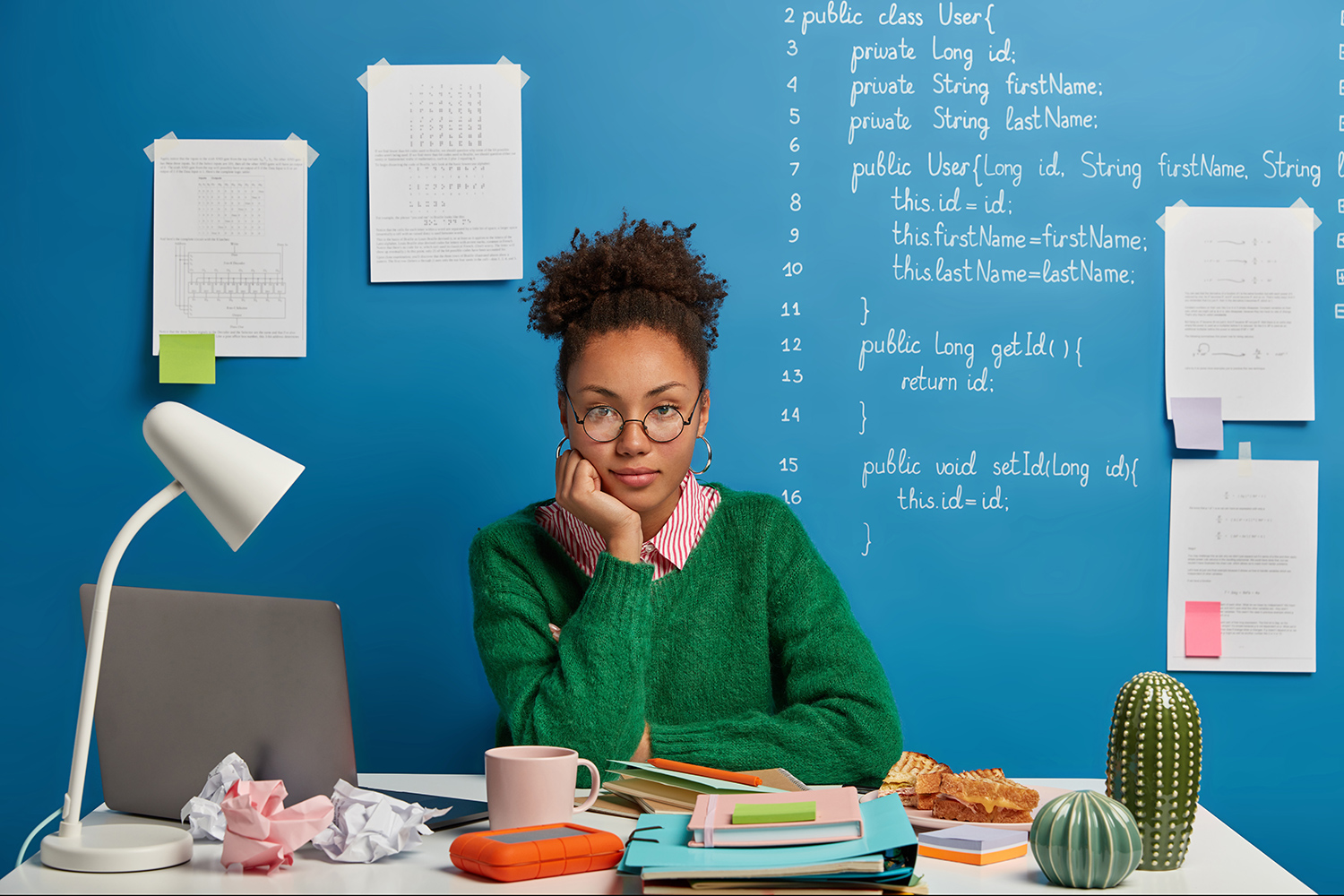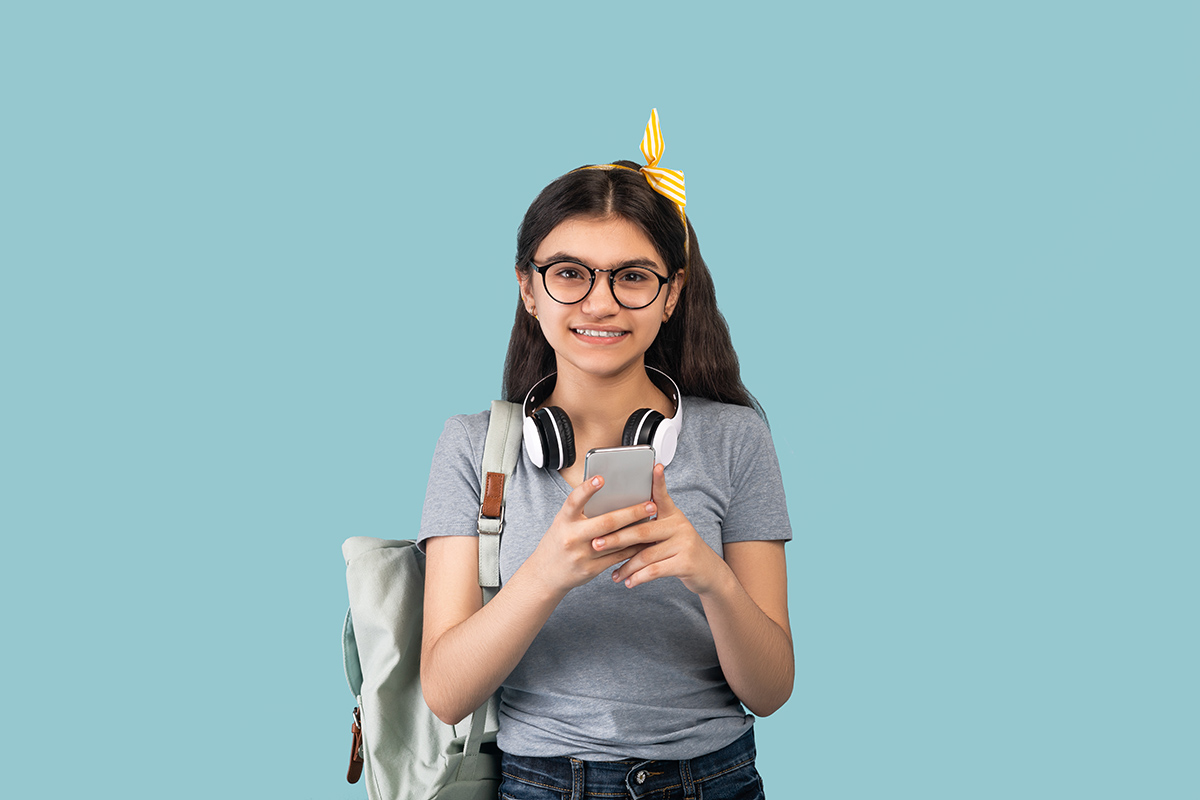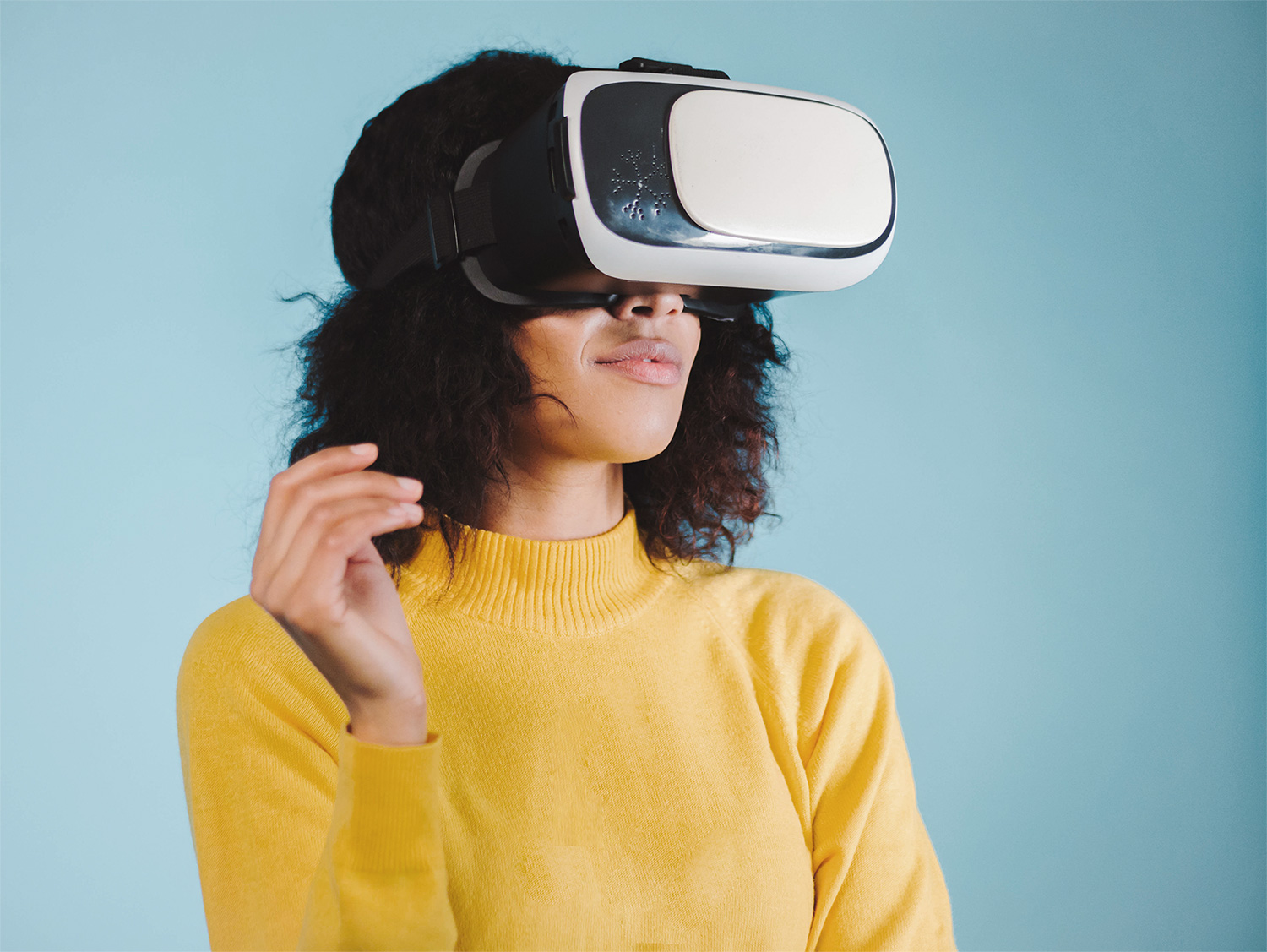As a learning designer, the coach is expected to collaborate with educators to design accessible and active digital learning environments that accommodate learner variability.
When designing digital learning experiences, consideration should be made towards the design of the digital learning environment for an enhanced learning experience.
In the example in my post on “Computational Thinking & Emerging Technologies in Education“, I shared about how MIT Media Lab’s HyperCubes platform made use of augmented reality technology to promote computational literacy. The platform draws upon students’ understanding of their physical environments and the opportunities offered by augmented reality technology. Mixed reality technology like Microsoft’s HoloLens also opens up new possibilities in education by bringing the world into the classroom.
Leveraging the right digital tools can help with creative accessible and active learning environments. I shared about using a tool like Quizlet to help students master various topics using learning tools and gamification. Students can also be encouraged to create artifacts of their learning using tools like Penzu to create an online journal of their learning, Flipgrid to record and share a video response, and Voki to create a talking animated figure.
In the design of a creative writing workshop to promote digital citizenship, I featured the use of digital mind-mapping tool Mindomo for students to brainstorm and generate potential ideas for their stories. Another mind-mapping tool is Mindmeister which I featured in another post on Microsoft Teams integration. For learners who wants to improve their language and reading skills by listening to pronunciations, the Immersive Reader for Teams tool offers the ability for students to have messages and text passages read aloud to them.
Immersive Reader was originally created as a tool to help people with sight, learning and reading disabilities by removing distractions for the reader so that the user can focus on the content. For example, a student with dyslexia who struggles with reading can make use of the Immersive Reader Tool and have the text on screen read out to them.
In my post on “Culturally Responsive Teaching: Enhancing Student Engagement and Digital Classroom Learning“, I presented ways for coaches to design digital learning environments that accommodate learner variability. Firstly, this can be done by leveraging the right tools like translation tools including text-to-speech translation tools, and collaboration tools like Google Hangouts, Zoom, and ePals. Next, coaches can design blended learning environments, combining face-to-face and online learning experiences to extend the learning beyond the physical classroom. Coaches can use methods to promote student voice through tools like Jamboard or Miro. Thinglink is also another useful tool in blended/flipped learning as it allows coaches to users turn any image into an interactive graphic by creating hotspots on an image or video that allows users to interact with the content.
< Previous: 4.4b Digital Tools | Next: 4.4d Instructional Design Principles >
< Back to Portfolio Home
< Back to 4.4 Learning Designer
Related Posts
-
Workshop Planning: Building Digital Literacy for 21st-Century Success
Preparation and considerations in the planning for the workshop on Building Digital Literacy for 21st-Century Success. … Continue readingWorkshop Planning: Building Digital Literacy for 21st-Century Success
-
Culturally Responsive Teaching: Enhancing Student Engagement and Digital Classroom Learning
Enhancing student engagement and digital classroom learning through culturally sustaining pedagogical approaches from an Asian context. … Continue readingCulturally Responsive Teaching: Enhancing Student Engagement and Digital Classroom Learning
-
Teams for Business & Education: Best Integrations for Extended Capabilities
Differences between Teams for Business vs. Education and an exploration of the best integrations to extend Teams’ capabilities. … Continue readingTeams for Business & Education: Best Integrations for Extended Capabilities
-
Advocating Digital Citizenship Creatively
An Integrative Strategy for Advocating Digital Citizenship Through a Creative Writing Workshop … Continue readingAdvocating Digital Citizenship Creatively
-
Autonomous Learning as a Sustainable Approach to Learning
Autonomous Learning produces learners who are independent and self-directed, creating lifelong learners and a sustainable approach to learning. … Continue readingAutonomous Learning as a Sustainable Approach to Learning
-
Computational Thinking & Emerging Technologies in Education
Study of the evolution of computational thinking in education and exploring the use of emerging technologies to promote computational literacy. … Continue readingComputational Thinking & Emerging Technologies in Education
-
AI in Education: Building Skills for the Future of Work
Artificial intelligence is becoming the new economic gatekeeper. What does the future of learning with AI look like and what skills might we inculcate in our students today to enable and prepare them for the future of work? … Continue readingAI in Education: Building Skills for the Future of Work







